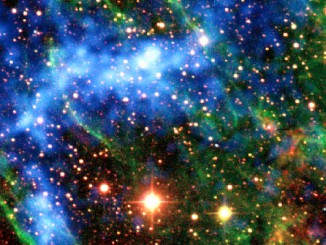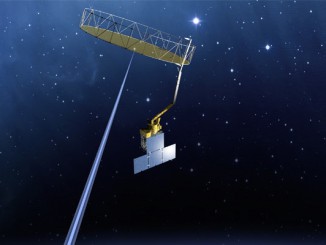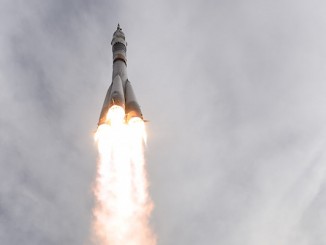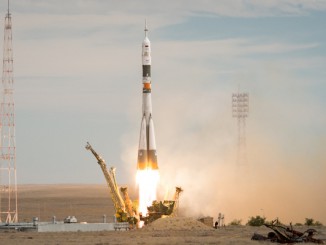
News

News

News

News

News

News

Atlas 5

News

Mission Reports

Mission Reports
Soyuz takes off with three bound for space station
A Russian Soyuz spacecraft streaked into orbit Wednesday carrying a crew of three on a two-day flight to the International Space Station. Their mission: to deliver a fresh ferry craft to the lab complex that will be needed next March to carry two station crew members back to Earth after nearly a year in orbit.

News
